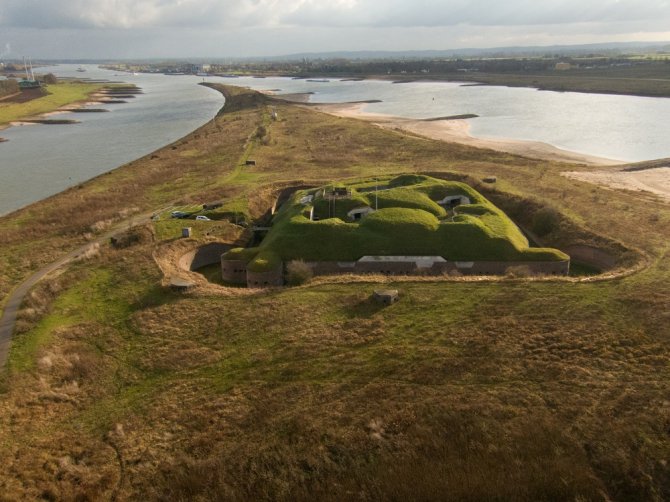
Noticias
More opportunities for bats in forts along the New Dutch Waterline
Climatic conditions such as temperature and humidity have less influence on the presence of bats in the abandoned forts along the New Dutch Waterline than the size of the forts and the availability of hiding places. This is the conclusion of an article published by a research team from Wageningen University, part of Wageningen UR, in the journal Ecological Applications.
The forts of the New Dutch Waterline are important hibernation sites for large numbers of bats. Until now, it was unclear why the bats preferred these specific locations. Do they select these structures because of their high humidity and low temperature, or is it because they are located near water and forest habitats?
By conducting statistical analysis on a large database of bat surveys, Dr Fred de Boer and his co-researchers from Wageningen University and Radboud University have shown that the size of the forts and the availability of hiding places is the main reason that more species and more bats choose some forts over others.
Climatic conditions such as humidity and temperature do not appear to have a strong influence even though previous studies indicated this. The forts are also used by people for excursions, restaurants, campsites, or exhibition spaces. The team of Wageningen and Radboud researchers also showed that opening the forts to visitors, or not closing them to hikers, has a negative effect on the number of bats.
Additionally, the surrounding landscape appears to have an effect: the various species of bats respond differently to the physical layout of the landscape. Daubenton's bat (Myotis daubentonii) appears to be much less influenced by the availability of water in the vicinity than previously thought, and it is less common near water if other suitable hibernation sites are available. The common long-eared bat (Plecotus auritus) actually responds positively to the presence of buildings, probably because they roost there in the summer, but the species is negatively affected by the amount of farmland in the area. The layout of the surrounding landscape, besides the size of the forts themselves, consequently plays an important role. These results provide good options for managing the forts to improve their suitability for bats by, for example, providing additional hiding places.
The New Dutch Waterline, which was built in the 19th century, is a line of defence fortifications extending from the Biesbosch to the IJsselmeer between Naarden and Muiden with Pampus as the endpoint. The 85-kilometer line is listed as a UNESCO world heritage site.
